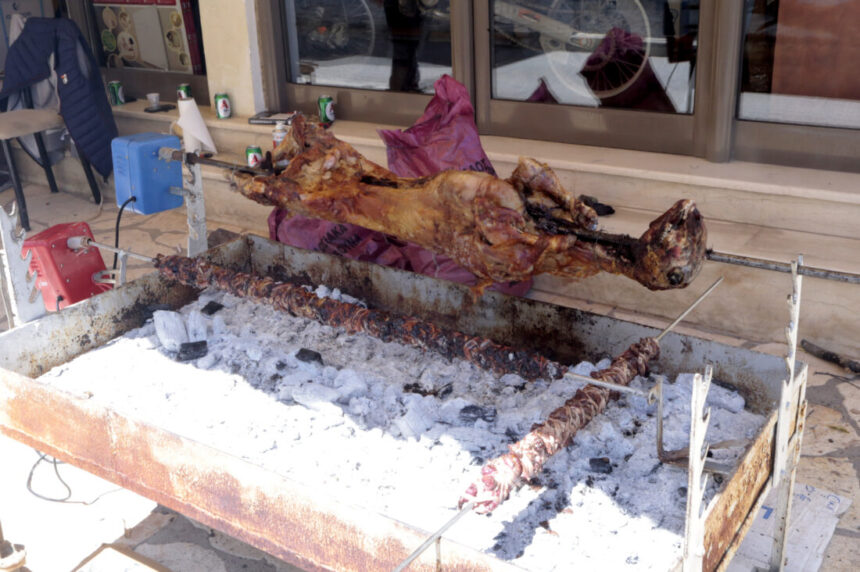Consumers should spend from 99.45 to 142.95 euros
The cost estimate for this year Easter (4-6 people) ranges from 99.45 to 142.95 euros. As a result, consumers will buy the same compared to last year, a basket of goods, more expensive by 6.2% to 6.3%.
This is evaluated by the Institute of Commerce and Services of the Hellenic Confederation of Trade and Entrepreneurship (INMY of the ERC), as evidenced by on -site prices and prices for both supermarket chains and specialized retailers, retailers.
According to the announcement, the cost estimate of this year’s Easter table (4-6 people) ranges from 99.45 to 142.95 euros. As a result, consumers will buy the same compared to last year, a basket of goods, more expensive by 6.2% to 6.3%.
The price range, as noted, is justified by the recording of a series of different quality products, in several local markets and different types of stores. In addition, it is clarified that product prices are indicative and attempt to map the general price distribution and market image.
Finally, it is stated that for the sake of comparison of the data, Inemy’s previous annual investigations into estimating the cost of the Easter table includes the prices of goods that are included in the “Easter festive basket”/ “household basket”.
Statement by the Administrative Director of INEMY H. Arachova:
“The ERC Institute also reflects this year the prices of Easter table products, which maintain their upward trend but at a clearer pace than in previous years. The significant increase in costs in lamb and goat but also in chocolate egg is due to: a) swelling of production costs by farmers due to rising feed prices etc. They coincide with Orthodox and Catholic Easter, a development that enhances demand over a specific period of time and (d) increasing the international price of cocoa. It should also be borne in mind that the particularly strong upward pressures at the level of prices that preceded themselves have significantly shrinking the actual consumer income available. This decline in income necessarily directs consumer interest in inelastic demand products, such as foods for the Easter table, essentially limiting resources to buy other goods and services, at a time when the market is going through serious turmoil, mainly at the international level.






